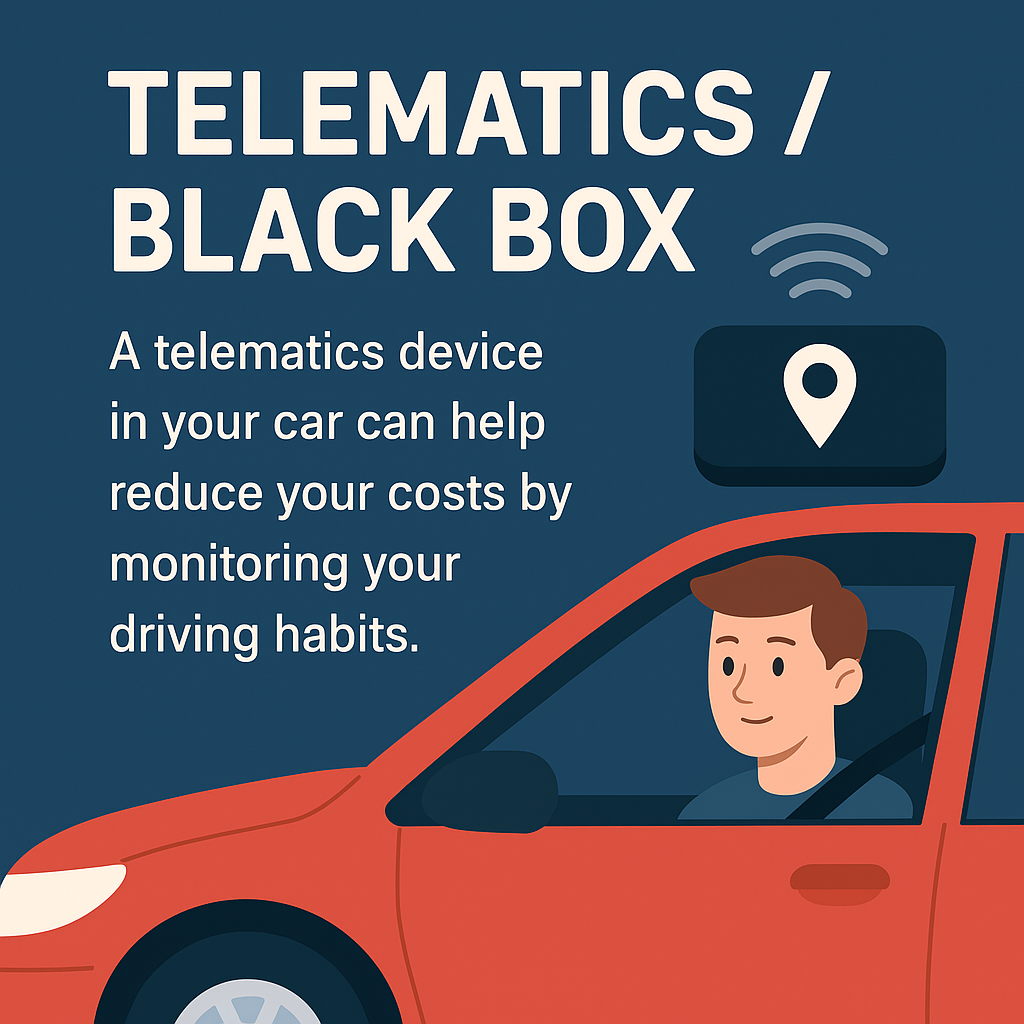Young Driver Insurance
Helping new drivers get on the road with affordable, comprehensive insurance coverage designed specifically for drivers aged 17-24.
Save Money
Specialist policies and discounts for young drivers
Stay Protected
Comprehensive coverage for new motorists
Expert Guidance
Professional advice on policy options and savings
Introduction
Getting on the road as a young driver is both exciting and daunting. In the UK, drivers aged 17-24 face some of the highest insurance premiums due to statistical risk factors. According to Department for Transport data, young drivers are involved in a disproportionate number of accidents compared with older motorists. Insurers view this as higher risk, which directly affects premiums.
Young driver insurance is a specialist area of motor cover designed to make driving accessible and legal for new motorists, while managing the risks insurers face. This guide explores why young drivers pay more, how specialist policies work, what options are available, and how young drivers can reduce costs without compromising safety or compliance.
Why Young Drivers Pay More
Understanding the risk factors and statistics
Insurance pricing is based on risk. Statistically, young drivers are more likely to:
- Be involved in collisions, especially at night
- Drive older or less safe cars with fewer safety features
- Be tempted to take risks such as speeding or mobile phone use
- Have less driving experience overall
These factors combine to create higher average claims, leading insurers to charge more. While this can feel unfair for safe young drivers, specialist policies exist to help reduce costs.
Types of Young Driver Insurance
Different policy options available
Telematics (Black Box Policies)
- • A small device monitors driving behaviour (speed, braking, cornering, time of day)
- • Safer driving is rewarded with lower premiums
- • Especially popular with drivers under 21
Limited Mileage Policies
- • Lower premiums if the driver only uses the car occasionally
- • Requires accurate mileage reporting
Named Driver Policies
- • Young drivers are added to a parent's policy as a secondary driver
- • Can reduce costs but carries risks if the parent is not genuinely the main driver
Pass Plus and Advanced Driver Discounts
- • Courses like Pass Plus demonstrate extra training (night driving, motorway use)
- • Some insurers offer discounts for completing them
Factors Affecting Premiums
What influences your insurance costs
Age
17-year-olds usually pay more than 23-year-olds
Vehicle
Smaller, less powerful cars are cheaper to insure
Location
Urban areas often have higher premiums
Occupation
Some professions are seen as higher risk
Convictions
Driving convictions drastically increase costs
Business Considerations
Young drivers are not limited to personal use. Businesses employing apprentices, trainees, or delivery drivers must consider how to insure them.
- • Fleet policies may include young drivers, but premiums rise
- • Employers must verify that young employees are properly licensed and insured
- • Specialist courier or van insurance may be required depending on duties
Case Studies
Student Driver
Scenario: Hannah, 19, drives to university twice a week
Solution: Limited mileage policy with telematics to save money
Apprentice Mechanic
Scenario: Garage employs 20-year-old who moves customer cars
Solution: Business arranges fleet cover including young drivers
Part-Time Delivery Driver
Scenario: 22-year-old working for takeaway delivery
Solution: Specialist courier cover under young driver rules
Practical Tips for Young Drivers
Expert advice to reduce costs
- • Choose cars in lower insurance groups
- • Avoid unnecessary modifications (alloys, spoilers)
- • Drive consistently and avoid late-night trips where possible
- • Consider telematics policies to prove safe behaviour
- • Build a no-claims bonus over time
- • Avoid fronting - always declare the correct main driver
Pitfalls to Avoid
- ⚠ Driving without declaring modifications
- ⚠ Using a social-only policy for business trips
- ⚠ Assuming being on a parent's policy is always cheaper - it may affect their premiums
- ⚠ Failing to compare specialist young driver policies
Frequently Asked Questions
Why is young driver insurance so expensive?
Because younger drivers are statistically higher risk.
Can I reduce costs without telematics?
Yes, with limited mileage, smaller cars, and Pass Plus courses.
Does being a student affect premiums?
Sometimes, depending on occupation and postcode.
Can young drivers be added to fleet policies?
Yes, but employers may face higher premiums.
Does fronting carry penalties?
Yes, it is insurance fraud and can lead to prosecution.
Can young drivers build a no-claims bonus?
Yes, if they are the main policyholder.
Do convictions affect young driver insurance more?
Yes, premiums rise significantly.
Can I pay monthly?
Yes, but credit history may affect terms.
Conclusion
Young driver insurance ensures new motorists can access the road legally and safely. While premiums are higher due to risk, specialist options like telematics, limited mileage cover, and Pass Plus courses offer ways to reduce costs. By choosing the right policy, avoiding common pitfalls, and driving responsibly, young drivers can gradually build a strong record and lower their premiums. This article interlinks with Learner Driver Insurance and Convicted Driver Insurance, offering readers guidance on related policies that often apply at the start of a motoring journey.
